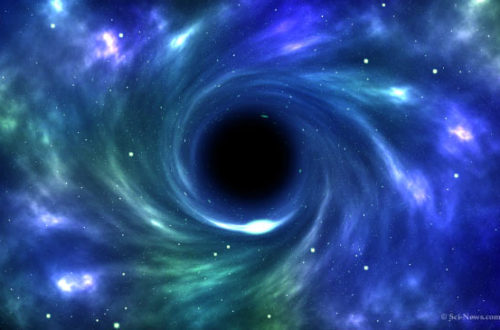Today’s story starts in 1967, at the height of the Cold War. The US Air Force has been using its Vela satellites to monitor any traces of gamma-ray radiation, a dead giveaway of nuclear tests being conducted on Earth. The goal is to make sure that the USSR is complying with the 1963 Nuclear Test Ban Treaty.
On July 2nd, 1967, the Vela 3 and 4 satellites detect a gamma-ray flash that doesn’t look like anything observed before. Over time, they start seeing more and more of these events; according to myth, this was a terrifying find which was immediately classified. Nobody knew that such signals can originate from space, so this must only mean one thing – not only is the USSR breaking the Test Ban treaty, but they are doing it with such frequency that they must have an incredible number of nuclear weapons stockpiled!
The truth does not in fact sound like a spy movie. Gamma ray bursts do not look anything like nuclear explosions, so the Vela teams were not immediately worried – they just filed the data away to be analyzed later. Eventually, they used the clever idea of checking the detection time of the gamma-ray bursts by different satellites; from the detection times, once can roughly reconstruct the original sky position of the event. This is the same exact system used today to localize gravitational wave events. The conclusion is that, indeed, these flashes come from outer space rather than Earth.
GRBs remained absolutely mysterious for years. Knowing their rough sky position was not enough to understand how close they were, what their environments is like, or how energetic they are, and without knowing all of these things it was impossible to understand the origin of these events. The next major breakthrough had to wait until the 90s, with the launch of the Compton and BeppoSAX satellites. Both of these carried instruments dedicated to GRB research, and changed our understanding of these sources.
Compton’s BATSE (Burst and Transient Source Experiment) demonstrated that the distribution of GRBs is isotropic – they happen everywhere in the sky, rather than being concentrated, say, in the plane of the Milky Way. This meant that GRBs were very likely to come from outside of our own galaxy. Eventually BeppoSAX finally managed to localize GRBs accurately enough for other telescopes to observe them at a variety of frequencies, from radio to X-rays.
Thanks to these missions, the mysterious origin of GRBs was (more or less) solved. Today we know that GRBs are the result of cataclysmic explosions. They can be triggered either by one massive star reaching the end of its life, or by two neutron stars merging with each other (and emitting gravitational waves in the process). Nothing to do with nuclear experiments, luckily.


